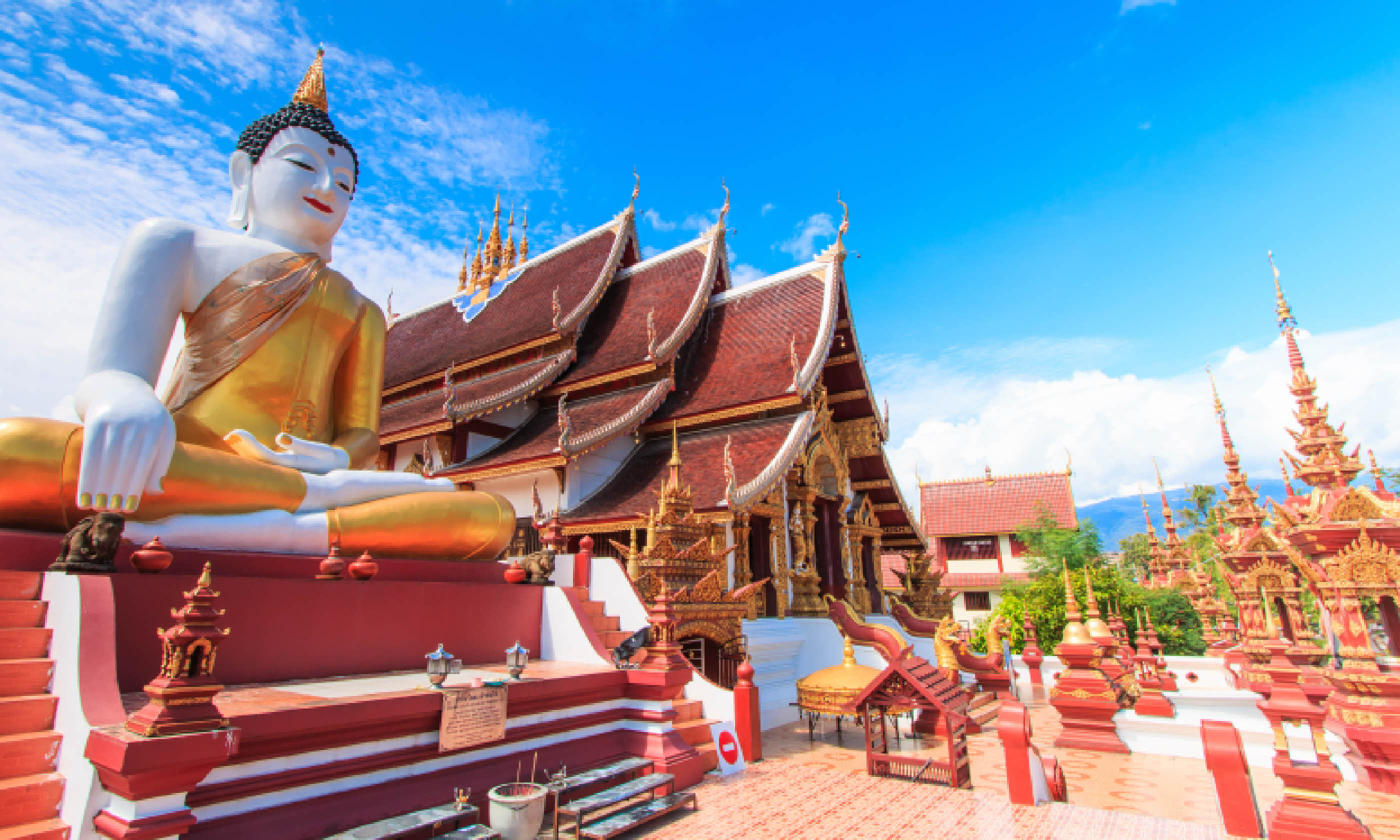
If annual leave is tight, don't despair - you can see South East Asia in just a fortnight. Here's how to cram Thailand, Laos, Cambodia and Vietnam into a two-week trip that won't break the bank
Lemongrass, then ginger. My first mouthful of tom yum soup burst with heavenly flavours – before fiery chilli left my eyes watering. Another memory: a masseuse jabbing his thumbs into my spine during a tortuous massage at Wat Pho monastery – yet afterwards I felt as light as a feather. South-East Asia awakens contrasting sensory experiences like no other region.My journey across southern Indochina included mighty Khmer ruins, sleepy Mekong countryside and Vietnam’s Reunification Express railway. I even factored in a beach day – well, it was a holiday after all...
♦ Time poor? Get an Air Asia flight from Bangkok (DMK) to Chiang Mai (1hr) from £16.50 rtn.
♦ Cost: Bangkok to Siem Reap (Cambodia) via Poipet, by train and taxi (9.5hrs) – £15.
♦ Cost: Tonle Sap Lake Boat (6hrs) – £21.
♦ Cost: £18.
♦ Cost: £17
♦ Cost: Hue-Nha Trang (11hrs) in Soft Sleeper class – £17.60; Nha Trang-Saigon (7 hrs) in an air-con seat – £6.20.